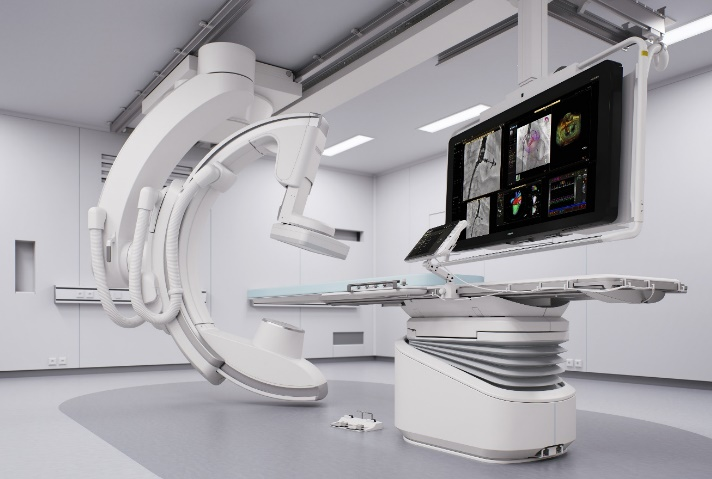MSc: Collision-free MPC for Image-Guided Therapy Robots

This work is part of my master’s thesis at the TU Eindhoven, the Netherlands.
Abstract
Large medical manipulators, such as image-guided therapy robots, are increasingly present in operating rooms. For non-procedural motions, these robots are controlled by the operator using a joystick. Clinicians would benefit from automating these movements, such as moving it from a park to a work position. Classical motion planners are too conservative in planning a full body collision-free trajectory for such large manipulators in a cluttered environment. This thesis presents a novel formulation of a model predictive control framework for autonomous navigation of large medical manipulators. Full-body obstacle avoidance is achieved by representing the body of the robot as a collection of spheres and ensuring the distance between each sphere and the obstacles remains in the preferred range via relaxed barrier functions. This is combined with an adaptive virtual target that moves along a path to avoid excessive accelerations as well as deadlock and livelock scenarios. The control approach is validated both in simulation and on real hardware of a commercial image-guided therapy robot.
Related Publications
The MPC controller as designed in this thesis is used in a related publication, as can be found here.